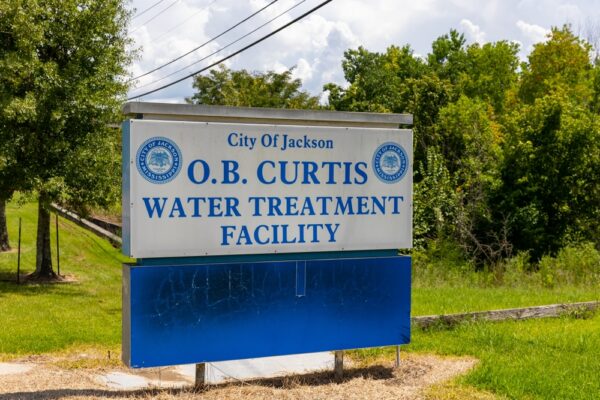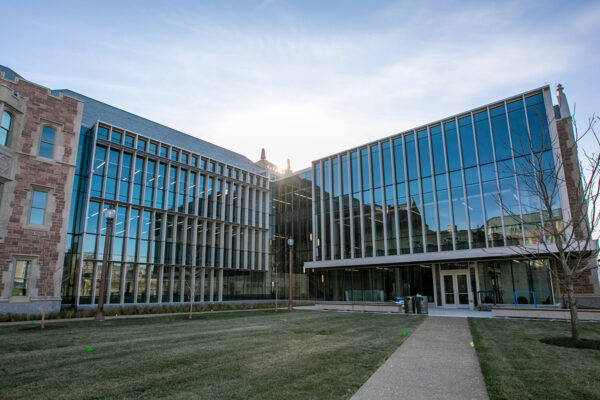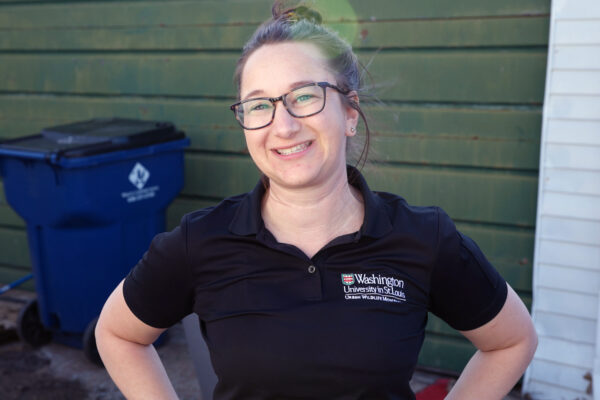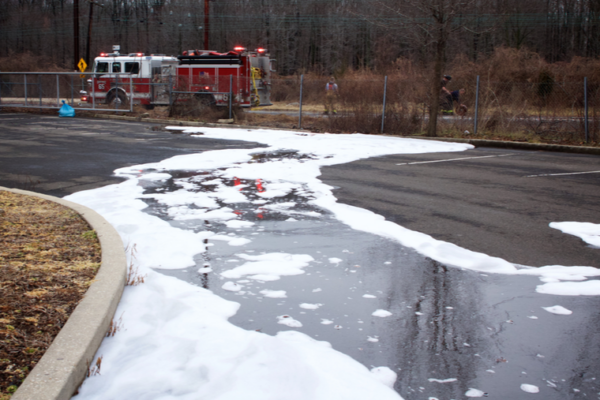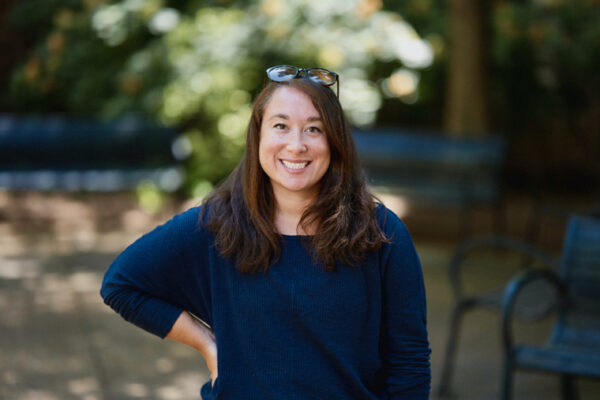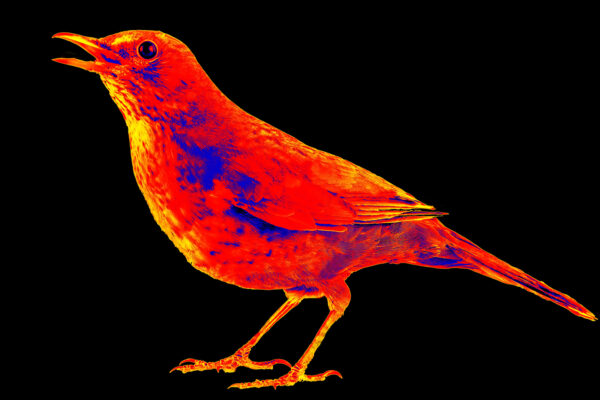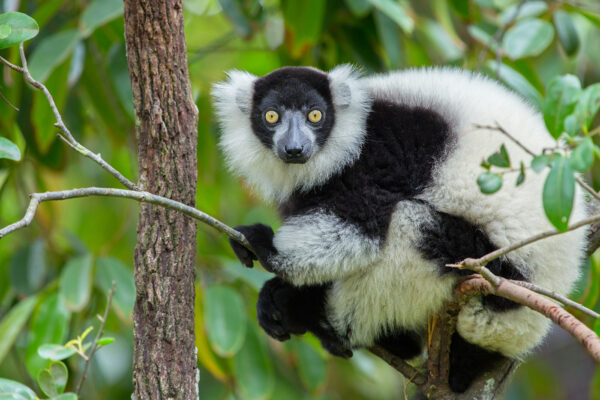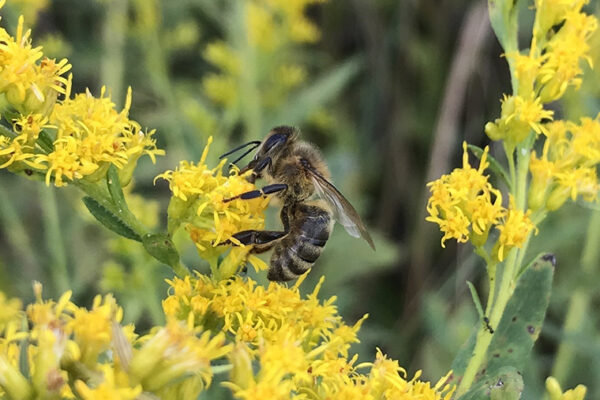Jackson water issues result of environmental racism
While water pressure has been restored in Jackson, Miss., the water is still not safe to drink and a boil order remains in effect. The ongoing issues are a result of years of neglect and of environmental racism, says Tara Rocque at the School of Law.
McKelvey joins Argonne, others, to study urban climate change
Faculty from the McKelvey School of Engineering are part of a collaborative effort awarded $25 million from the U.S. Department of Energy to better understand climate change in urban environments.
Squirrels and the city
Examining the influence of urbanization on the evolution of eastern gray squirrel
Climate of opportunity
Washington University takes a leadership role in the Midwest Climate Collaborative to help address specific climate challenges in the 12-state region.
Parker receives grant to study mechanics behind ‘dicamba drift’
Kimberly Parker at the McKelvey School of Engineering will use a grant from the Herman Frasch Foundation for Chemical Research to better understand dicamba volatilization.
New bioremediation material can clean ‘forever chemicals’
The McKelvey School of Engineering’s Joshua Yuan and collaborators have developed a plant-based material to help safely clean up harmful “forever chemicals.”
Masteller to research climate change and river channels
Claire Masteller, in Arts & Sciences, won a $313,872 National Science Foundation grant for collaborative research that will help scientists distinguish between climate-driven change and the natural variability of river channels.
The birds and the bees — and the temperature gauge
Animals will often put their lives on the line for reproduction, even if it comes at the cost of being the wrong temperature. New research from biologist Michael Moore in Arts & Sciences could help reveal the pathways that organisms might take as they adapt to a warming world.
Endangered species need help: No biology expertise required
New approaches to help save animals from extinction may come from experts outside of the traditional natural science disciplines. The Living Earth Collaborative invites social scientists, political scientists, engineers and other experts from the university community who would like to be involved in efforts to help with conservation projects to participate in a July 21 social event.
Urban bees collaboration wins USDA grant
A team that received early support from the Living Earth Collaborative was awarded a $633,000 grant from the U.S. Department of Agriculture to evaluate pollination in orchards across the city of St. Louis. They will examine how factors such as human population density, socioeconomic status, soil type and surrounding vegetation impact insect numbers and fruit yield.
Older Stories
